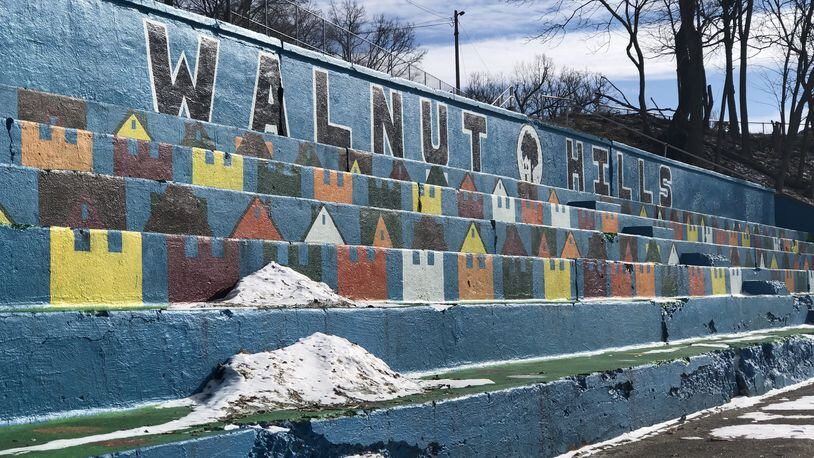City of Dayton staff say they are strategically and deliberately creating opportunities for growth and stronger engagement, which has helped “neighborhood capacity” increase in five neighborhoods.
“We are making great progress,” said Tony Kroeger, Dayton’s manager of the planning division.
MORE: MetroParks considers options after bridge closed for safety reasons
Scoring neighborhoods
Dayton’s community engagement staff produce an index that measures neighborhood capacity of about 61 Dayton neighborhoods and planning areas.
Neighborhood capacity means the ability for neighbors to communicate with each another and if necessary come to a consensus or common voice regarding an outside issue or opportunity, Kroeger said.
Neighborhoods earn points for electing leadership, holding neighborhood meetings, putting out neighborhood newsletters and hosting clean-ups, quarterly meetings and festivals or social events.
They also earn points for having an online presence, sharing neighborhood activities on social media, completing mini-grant projects and working on collaborative partnerships, beautification projects and community gardens.
Ratings change each quarter, and neighborhoods can earn up to 75 points.
Walnut Hills, Five Oaks, University Row, the DeWeese Ridgecrest Civic Association and Historic South Park had the highest scores, according to information obtained by this newspaper.
They were among the nine city neighborhoods had scores that earned a designation of “highly organized.”
Walnut Hill, has a neighborhood association that each year holds about 10 monthly neighborhood meetings, a dozen executive board meetings and has a monthly newsletter, website, Facebook page and events like a chili cook-off, Easter egg hunt and holiday social.
The association has regular park clean-ups and has community members have banded together to complete projects like park improvements and murals.
MORE: Abner’s owner to open a new pizza shop in East Dayton
About 22 neighborhoods had scores that earned the designation of “self-sufficient.” About 30 neighborhoods had lower scores that classified them as “loosely organized.”
A dozen neighborhoods earned zero points in a recent ranking, including Arlington Heights, Miami Chapel, Midtown, Fairlane, McFarlane, Progressive Southern Dayton View and Wolf Creek.
Every neighbor has something to offer and bring to the table, and neighbors have all sorts of opportunities to be active and get involved, whether by attending or volunteering at meetings and events or sharing information online, said Mike Schommer, president of the Walnut Hills Neighborhood Association.
“Everybody has a skill,” he said. “And there is not just one label for what it means to be an active neighbor.”
Being organized means the neighborhood is proactive and addresses concerns like blight early before they can spread and grow into bigger problems, Schommer said.
Neighbors are always changing, and outreach is important to build community, Schommer said.
He credited the website, Facebook page, newsletter and email with connecting with neighbors who might not show up to meetings or certain social events.
Schommer said every neighborhood can get stronger with work, time and dedicated people.
MORE: 600 new Dayton jobs? Chewy says it might create twice as many.
Some neighborhoods face specific challenges
But some neighborhoods nowadays have a hard time getting people to go to meetings or help out with projects, said Mary Ellington, with the Innerwest Priority Board Administrative Council.
Innerwest has three neighborhoods that scored zero points in the ranking: MacFarlane, Miami Chapel and Wolf Creek.
Some neighbors have struggled to find a place to meet regularly or have moved away, and residents in some areas are older and aren’t tech savvy and don’t use computers and social media to interact and communicate, Ellington said.
Citizens used to give feedback to their priority boards, but unfortunately nothing has filled some of the void caused by the transition away from the priority board system, she said.
The city says the index and the scores identify neighborhoods have the most capacity to do projects and events on their own and neighborhoods that may need city assistance and could use focused attention.
Five neighborhoods have improved their scores: Carillon, Greater Edgemont, Pineview, Madden Hills and Residence Park. All five are classified as “self-sufficient.”
Scores have improved in some areas, like Carillon and Edgemont, because of the development of neighborhood plans.
AmeriCorps members have helped improved engagement and “community building” in some neighborhoods, officials said.
About the Author
